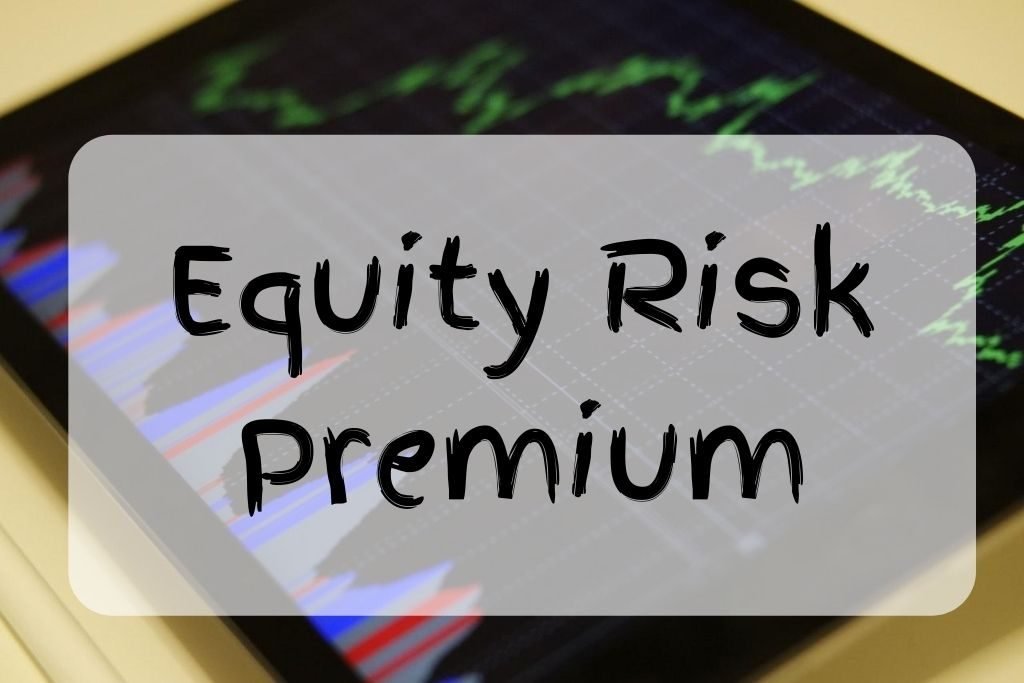How equity risk premium work
Equities are generally considered high-risk investments. Investing in the stock market involves certain risks, but it also offers the potential for significant gains. Therefore, as a general rule, investors are rewarded with higher premiums when investing in the stock market. Whatever return you earn on top of a risk-free investment like a US Treasury bill (T-bill) or a bond is called an equity risk premium.









